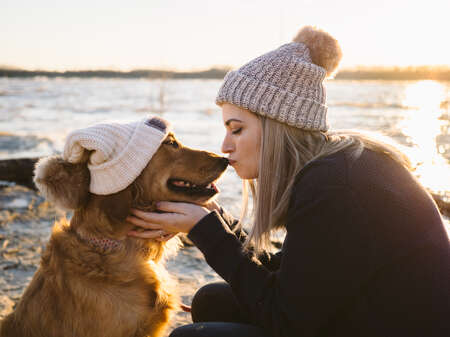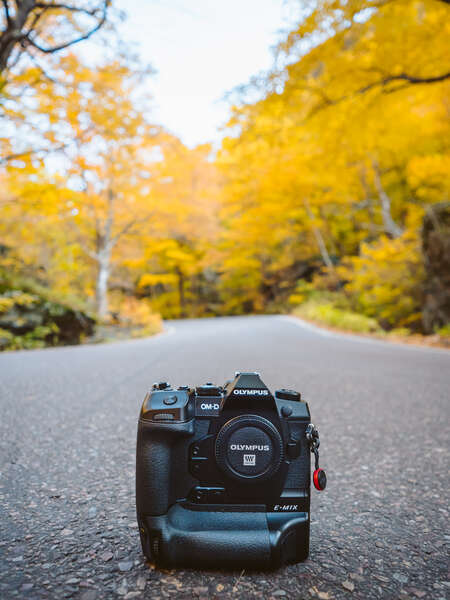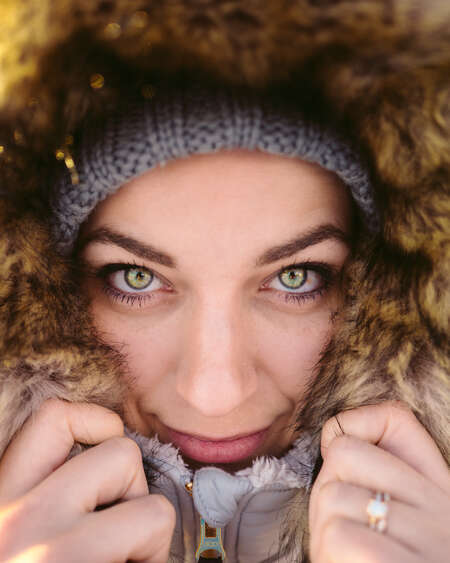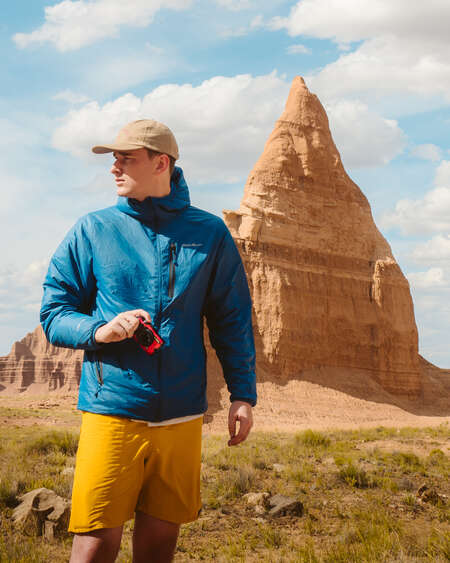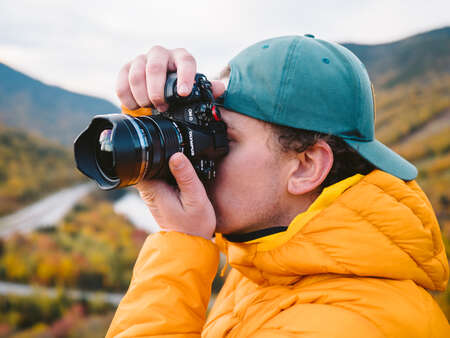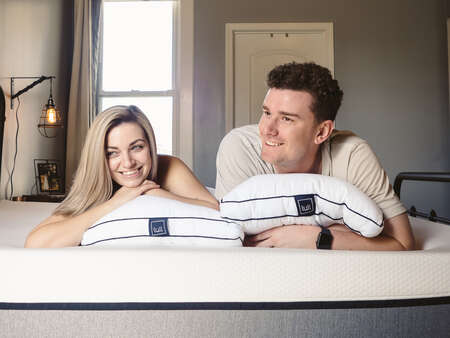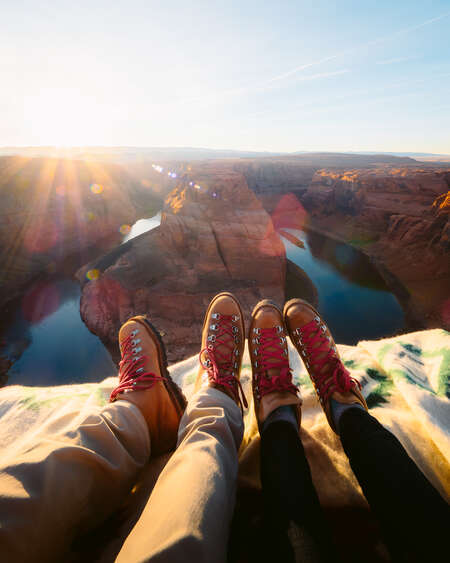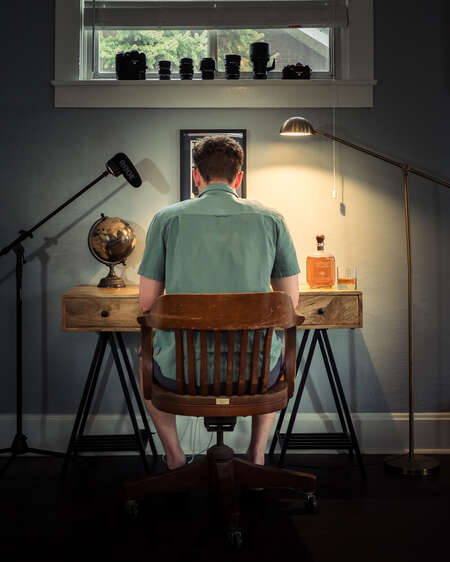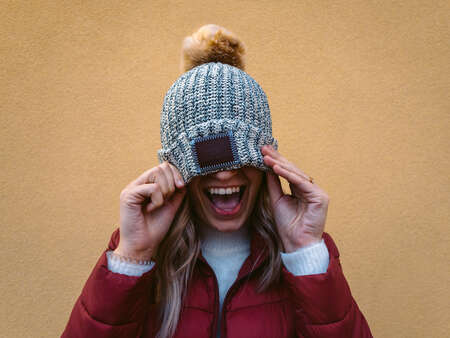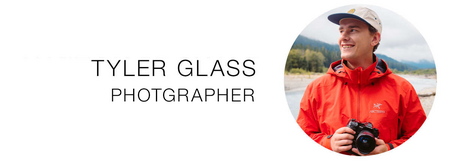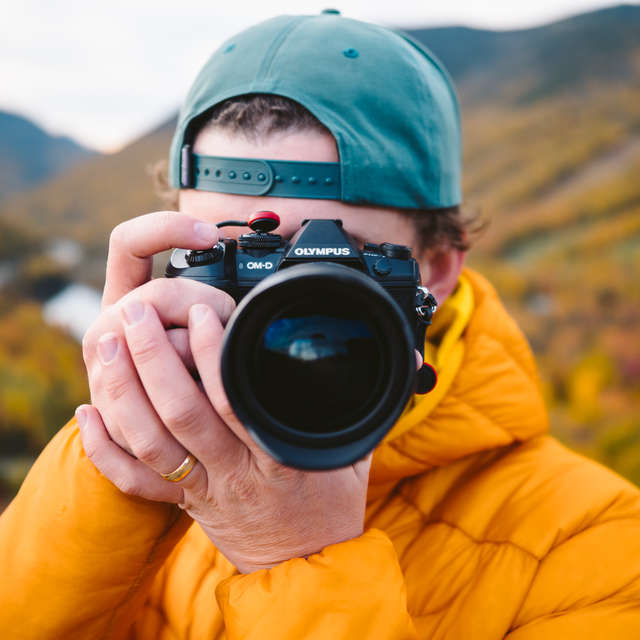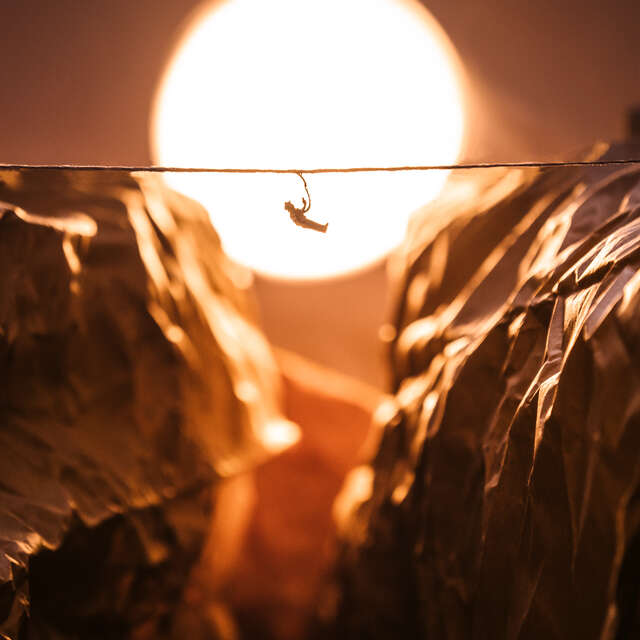Though “commercial photography” can describe what I do, it’s a vague term that can describe multiple niches of photography. While my primary focus is landscape and product photography, other areas of my work include wedding photography, studio and portrait, real estate, and more. I’ve been lucky enough to create commercial imagery for brands like Eddie Bauer, Four Seasons, Fairmont Hotels, Escape Campervans, Love Your Melon, Jacker USA, and more.
As I write this, I am quarantined with my wife and two dogs. COVID-19 has virtually stopped the planet from spinning, but in the chaos, I am finding ways to be creative and provide work for clients from my own home. Commercial photography can be a way to stay creative, and potentially earn income, if you’re a photographer who cannot shoot and work with clients as you normally would.
Here are some ideas to help you try your hand at commercial photography.
Building Your Portfolio from Home
You don’t need an expensive studio to become a commercial photographer. If you’re like me, quarantined at home, with a lot of time on your hands, this is the perfect opportunity to begin building up that portfolio in your own home!
Arguably the most important part of getting into photography is building up your portfolio. This will give brands a way to see your past work and what you are capable of as a creator. Whether it’s an Instagram profile or website gallery, there are ways to create good content, allowing you to show that you know how to utilize light and understand color science. All you need is a camera and a subject to get started.
Gear
Along with any of my OM-D camera bodies, I tend to use a portrait lens for commercial photography.
My M.Zuiko 17mm F1.2 PRO is the sharpest lens I own and is able to highlight the smallest pieces of a setting. I feel I gain unique and sharp perspectives of a product when I can focus on one small part of it, showcasing something special about it.
If I am shooting indoors, I always have my camera mounted on a tripod. Once I have my frame, the last thing I want to do is lose it and have to reset every time I move the product or reset the scene. Keeping a consistent frame will give an overall theme to your commercial shoot. If I am shooting outdoors like at a campsite or on a trail, I am more inclined to shoot handheld because it is likely that I am shooting lifestyle photos.
When it comes to photographing indoors, sometimes you have to use an external light source. I use a Lumbecube panel light which provides every bit of light that I need and it is the size of a cell phone. As I said before, you can spend thousands of dollars on studio equipment, but it isn’t always necessary to get the job done. Work smarter, not harder.
Setting and Theme
When I am shooting a product for a brand, my overall goal is to tell a story. Your storytelling should fit the theme of both the brand itself, and the message that they want to convey from your shoot.
When I am photographing an outdoor brand, I want to be shooting in an outdoor setting like a campsite or a trail. The storyline should be fun and adventurous. I will try to keep the model moving and performing natural actions like walking the trail, pulling a snack out of their backpack, or simply zipping up their jacket. It is important to make sure that every action is natural and fun. I want to make every viewer of the photo want to purchase that jacket and go on an adventure with it.
Lighting
Any photographer will tell you that lighting in everything and more importantly, soft lighting is everything. Being a travel photographer, most of my shoots are done outdoors, on trails, mountains, rivers and every other crazy place you can think of. I am lucky enough to use natural light about 99% of the time and I think new photographers will learn quickly that natural light is the best light, especially for landscape photography.
When I'm shooting indoors, I will use an external light source. Using a small lighting panel is all I really need for focusing on a product indoors.
You will want to put the light to the side of the product, giving it highlights on one side and shadows on the other. I do not recommend facing the light directly onto the product from the same point of view as the camera. This will make the light harsh and take away any chance of contrast.
Focusing and Perspective
Though you want to tell a story, you also want to showcase different features of a product as well.
Going back to shooting an outdoor apparel brand, simply photographing the person and the scene won’t be enough. You will also want to get up close and focus on smaller pieces of the product. Photograph the logo or the person's hand on the zipper as they zip their jacket up. Get as close as your camera will allow and even capture the simple textures of a product.
Experiment with angles and the perspective of your subject. I find that brands love it when you give them a wide variety of content, so the more diverse it is, the better. Even slightly changing the angle of your shot can create diversity.
Adapting During a Global Pandemic
Today, I had planned to be landing in El Chalten to begin a two week project in Patagonia. COVID-19 is hitting the creative industry and virtually every other industry on the planet. The world has stopped moving and basically all non-essential travel has been cancelled. I am not only stuck in my state, I am homebound until at least May 30.
As a commercial/travel photographer, this could end up being a major hit to my business if I let it. How do you prepare for something like this? What do I say to the brands that I promised deliverables? How do I maintain some semblance of creativity for two to three months while being stuck in my house?
Luckily for me, being a travel photographer has prepared me to be flexible in my planning. I plan for the best but expect the worse on every trip I take. For projects I’m working on currently, I have found a way to create the content needed, right here from home. For instance, I’ve spent the past four weeks working on projects that I was supposed to complete in Utah and Patagonia.
Instead of photographing for an electronics company at Bryce Canyon National Park, I am taking advantage of a nearby park that has some pretty amazing waterfalls and arches. Instead of photographing an apparel company in Sedona, Arizona, I am walking around my own neighborhood, shooting my wife in different urban settings. I was supposed to shoot for a bourbon brand in Kanab, Utah, but I decided to focus more on encouraging others to stay home, and photographed the series in my own office.
Though this may seem like a change that may not work for the brand since the original plan was to focus on travel and the oudoors, but brands are happy when you adjust to be timely and appropriate for what's happening in the world around you. By building a solid relationship with the brands you work with for commercial photography, they will trust you to get the job done.
And while I wasn't stoked about making these changes to my commercial photography, I'm happy with the results. Sometimes being spoiled with your normal surroundings can blind you to the beauty that is always around you, even in your own backyard.
After Quarantine is Over
Once you are finally able to leave your home, find ways to put yourself in the shadow of a veteran photographer. You can be an assistant, apprentice, or the occasional second shooter for a wedding. In the end, just find a way to be around those who have been in the field, and are willing to teach you the craft. I listened to a podcast recently about an Oregon man who wanted to jump into the field of wedding photography. He found a photographer that would allow him to second- shoot their weddings for free at first so he could gain experience. He now shoots 50 weddings per year and makes a six figure income. Putting yourself in the field is the quickest way to learn the craft and there is no better way to learn than from someone who has been doing it professionally.
Once this is all over, there will be a massive boom in the creative industry. Brands will need artists more than ever. We need to stay disciplined and sharp so when we do make a return, it will be as if we never left.
Instagram: @tylerwayneglass
Tyler is a photographer and writer, born and raised in Louisville, Kentucky. His ultimate goal in being a creative is to inspire others through his images, and to care more for the beautiful planet that we inhabit.
